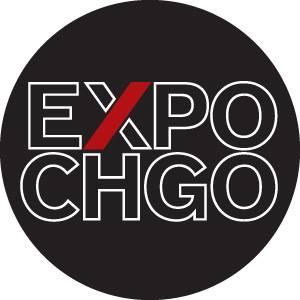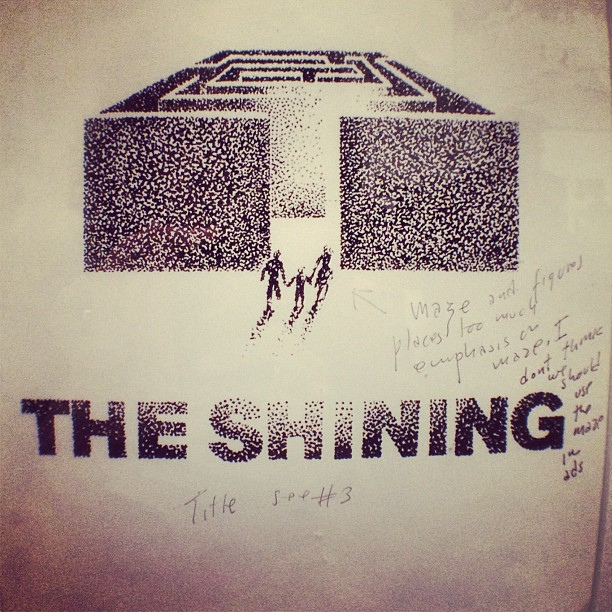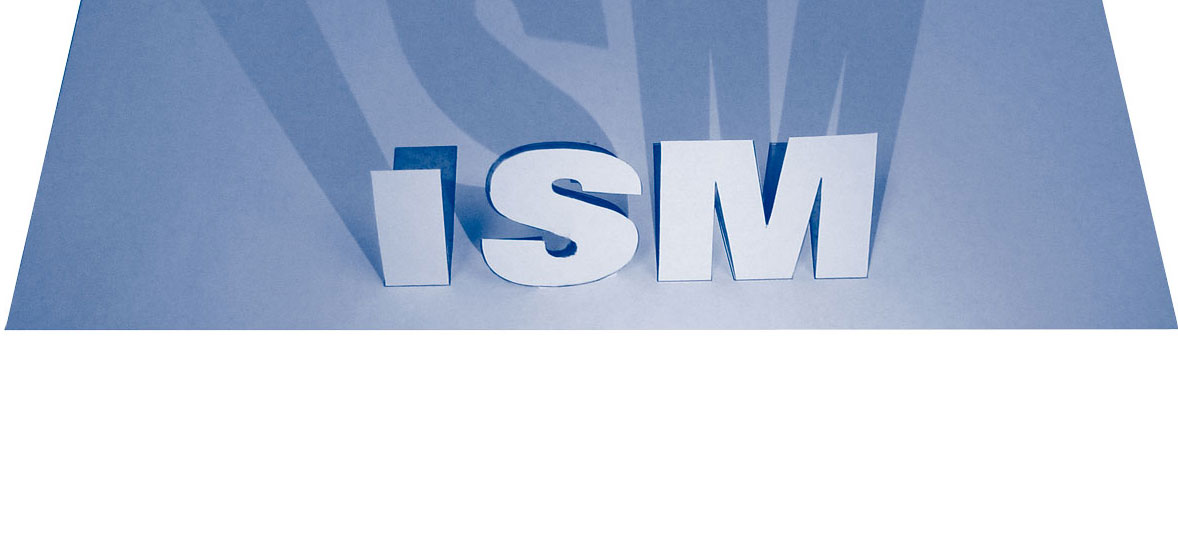Annual Art Burden or Greenhorn Opportunity?
Over two weeks since its close and I’m still digesting the third annual EXPO Chicago. It can be difficult to say much about it, partly because EXPO isn’t a life-changing art experience, mostly because plenty of ink has already been spilled over art fairs and there seems to be a general consensus: they’re congested, capitalist and unrepresentative of the contemporary art scene as a whole.
Nevertheless, EXPO proved an easy conversation-starter. For the better part of the week surrounding the fair, everyone — myself being no exception — asked (or asked everyone else), “Are you going/did you go to EXPO?” Respondents answered with either a heavy-lidded stare and deadpan “yeah,” or with a glassy-eyed, smug-faced “no, not this year.”
Inherent in both of the aforementioned responses is the supposition that EXPO is a chore, an annual burden that art world veterans and rookies alike must bear. Yet, if the most irksome thing we must do in our line of work is to spend a weekend in a crowded hall with some expensive (and sometimes beautiful) objects and self-aware intellectual-types while a champagne cart wheels to and fro, we’re not as burdened as we like to pretend.
As students and young professionals of varying shades within the art field, we shouldn’t be jaded about something we have experienced maybe once or twice. Our readymade disdain stems in large part from our professors, bosses and mentors, many of whom are not shy about expressing their dissatisfaction with events like EXPO.
Please don’t mistake me — I don’t think our advisors are brainwashing us with their opinions; they’re rightfully teaching us to question people, things and structures. Moreover, they’ve earned the right to naysay EXPO if they want to since they’ve been doing this art thing for a while now. I also don’t mean to imply that we should embrace EXPO with the naïve jubilance of kids on Christmas. Indeed, we should view it critically, since we’re ultimately the heirs to the global, mammoth art fair system of the new millennium.
But there is more to EXPO than its sprawling stalls with predictable displays, namely the collaboration and fraternization it can facilitate. Take, for instance, the story of a grad student who fortuitously met former New Yorker writer Lawrence Weschler, who just happens to be an authority on (and buds with) David Hockney, the subject of this student’s thesis. After a brief interchange, the two swapped emails with the promise of future interview opportunities.
Conversely, consider an EXPO experience of mine that took place in front of a video work, wherein an older expensive-purse-toting woman, after having overheard garden-variety art talk between me and a few peers, identified us as art students and inquired about the piece. “Hasn’t this been done?” It had, I told her, but not quite like this. “You see, the sound isn’t turned on, so you’re missing a crucial element.” She accepted this answer readily, nodded sagely and departed, leaving us to ponder the transient and rewarding instantiations an art education imparts relative to its costs.
EXPO is everything that an art fair has already been called — solipsistic, capitalistic, exhausting. But it’s also a microcosm of opportunity for some. For us greenhorns, its microcosmic muchness is worth experiencing not only for what happenstance opportunities it might afford, but also for what new voices and viewpoints we can offer it. And, if anything, there’s always the champagne cart.








